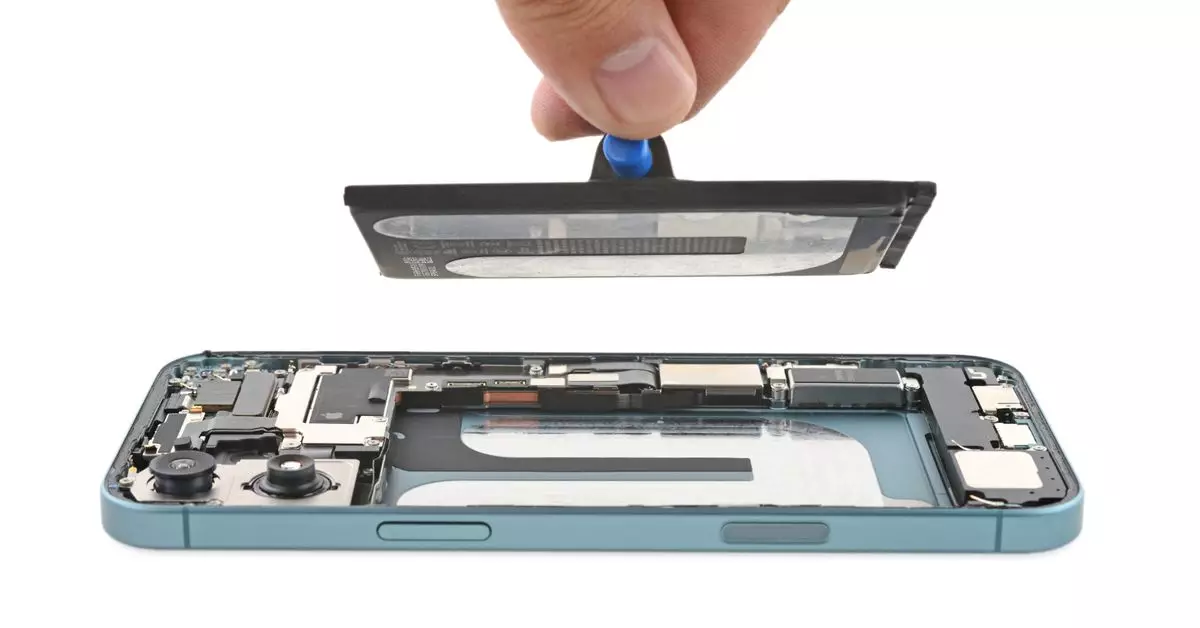The recent launch of Apple’s iPhone 16 series has garnered considerable attention, particularly with its novel battery enclosure technology highlighted by the tech repair community. As the first iPhone model to employ an electrically debondable adhesive, the standard iPhone 16 is shaping up to create significant ripples in repairability standards and practices.
The innovative adhesive technology used in the iPhone 16 represents a diacritical shift in how Apple approaches device repair. Instead of the traditional glued-in battery systems typically employed in previous models, Apple has opted for a design that allows for easier battery replacements. Unlike its predecessors, the iPhone 16 utilizes an electrically activated adhesive, which can be released through the application of voltage. This method enhances user accessibility, enabling anyone equipped with a basic power source to potentially undertake battery replacements without professional help.
Repairability is shaping up to be a major consideration for consumers and manufacturers alike in today’s electronic landscape. The disassembly process conducted by iFixit on the new iPhone highlights this aspect effectively. By simplifying the battery replacement through the new electrically debondable adhesive, Apple is responding to the growing call for sustainable practices in technology. In aligning with the principles of repairability, the iPhone 16 embodies a forward-thinking approach amidst rising consumer concerns about e-waste.
iFixit’s detailed examination of the iPhone 16 reveals several intriguing technical insights, notably surrounding the new camera features and thermal management. The camera button, now an interactive feature, stands out as a clever adaptation. It also includes a flex cable designed to measure the pressure applied during operation. Meanwhile, the thermal management of the A18 chip’s Neural Engine suggests heightened priorities on device performance and longevity. The challenges posed by demanding AI workloads are addressed through the design of a strategically positioned heat sink, hinting at Apple’s emphasis on both innovation and functionality.
While the new adhesive solution may present immediate benefits, its long-term implications could be equally significant. Greater ease of battery replacement could mean fewer devices are rendered obsolete prematurely due to battery wear. This could foster a culture of maintenance, where users feel empowered to repair and extend the lifespan of their devices rather than discarding them. As more manufacturers adopt similar repair-friendly designs, it may lead to a transformative shift in the consumer electronics industry that prioritizes sustainability.
The advancements found in the iPhone 16 stand as a testament to the evolving nature of technology with respect to repairability. The insights provided by the iFixit teardown not only underscore the technical innovation spearheaded by Apple but also highlight the company’s responsiveness to the broader environmental conversations shaping today’s tech industry.


Leave a Reply
You must be logged in to post a comment.